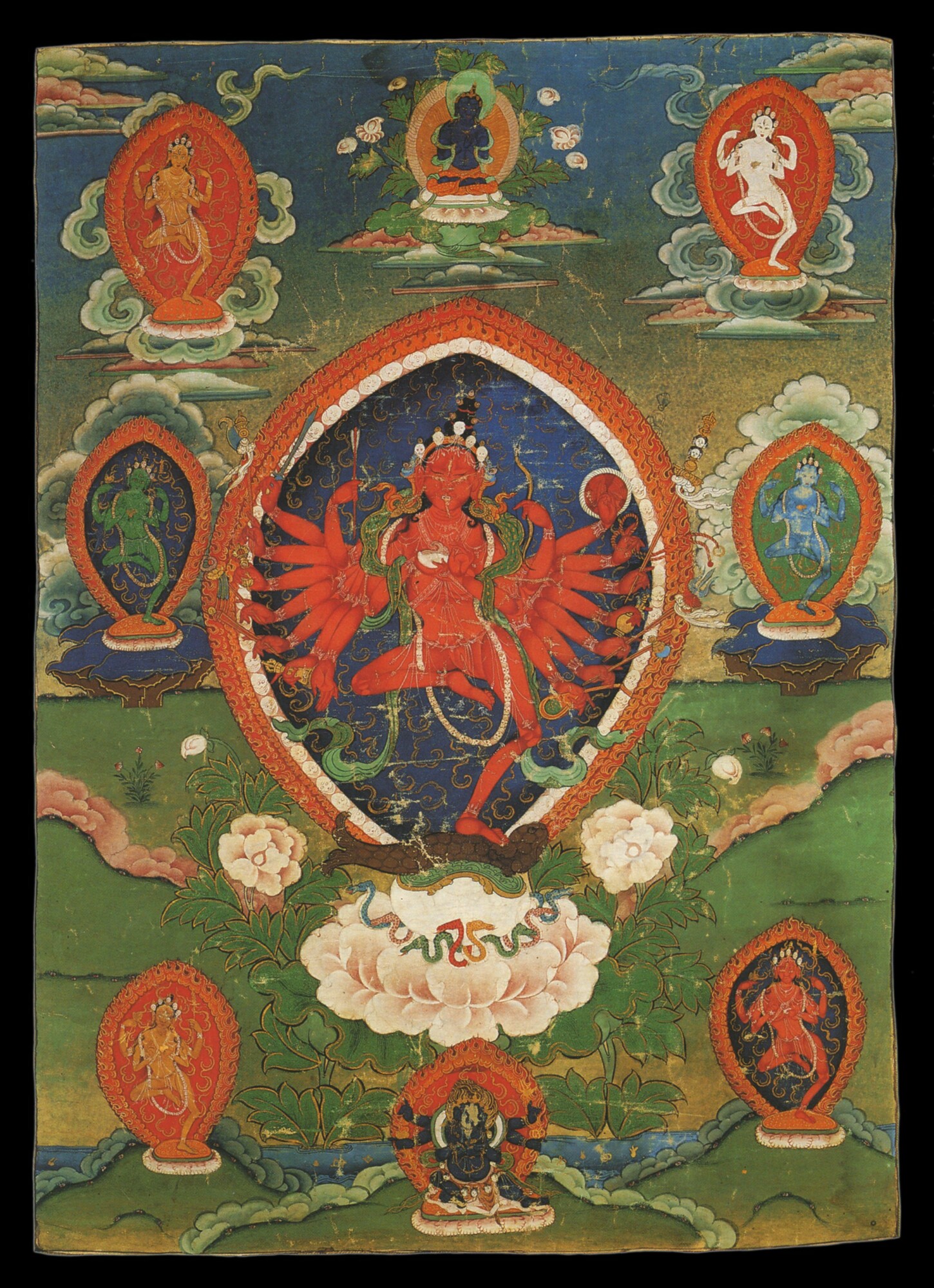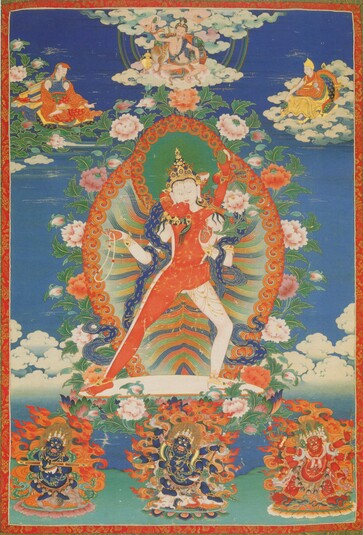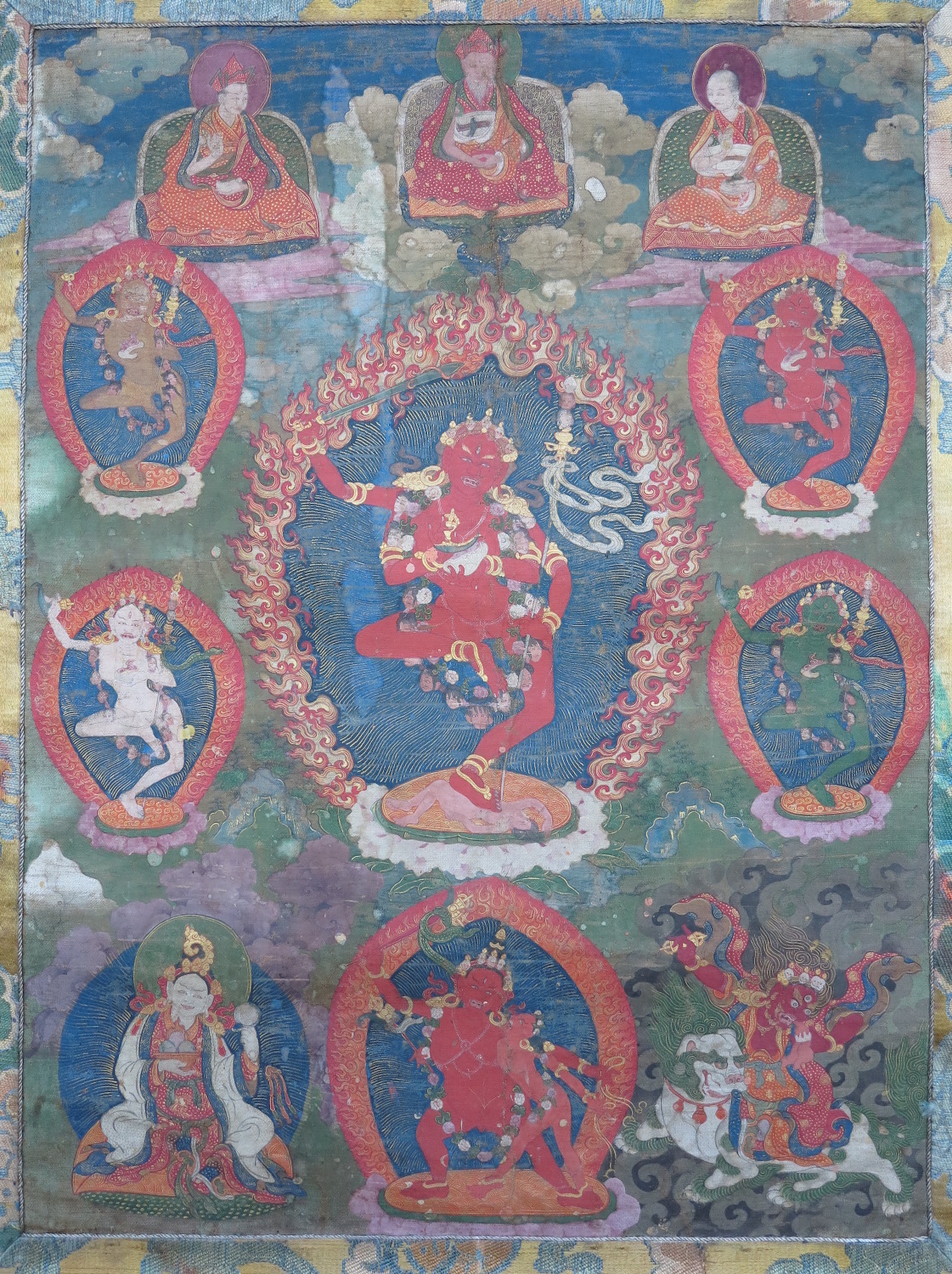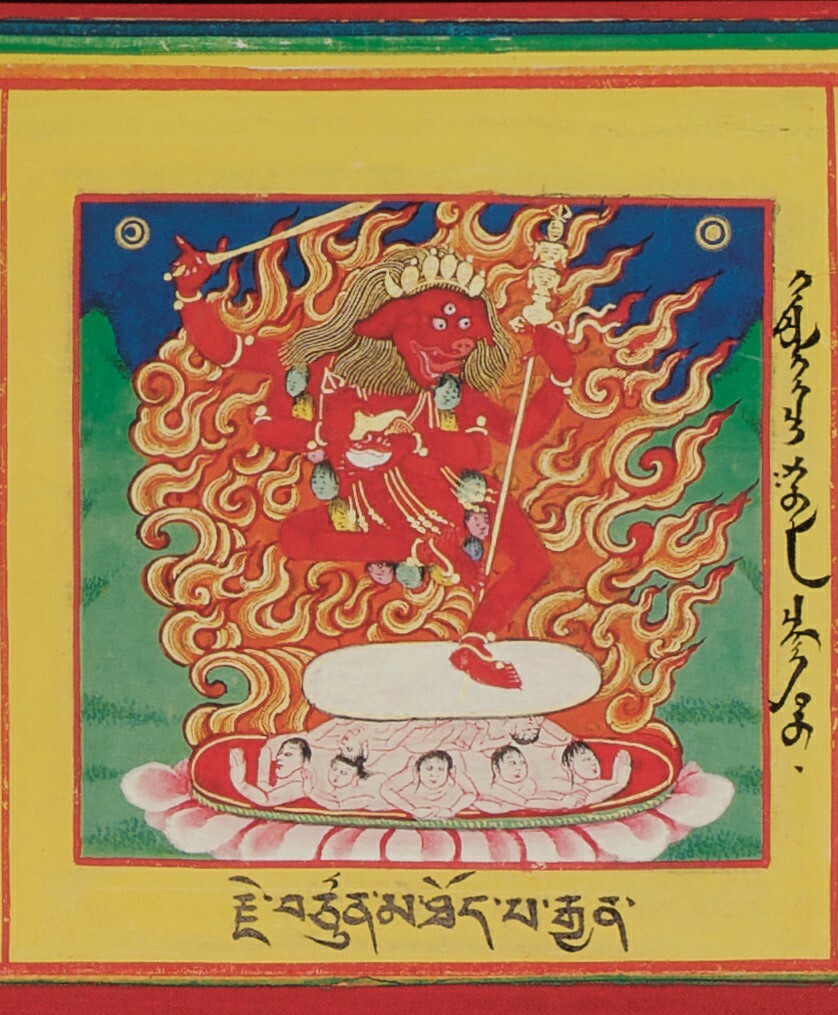Starting early the morning of Tuesday, April 23, 2024 (EST), some, but not all, users of projectavalon.net were unable to access the site or were getting security alerts from their browser. The Avalon site was up and being used the entire time, but apparently some of the Web's DNS backbone infrastructure was slow to propagate some Avalon DNS changes to the rest of the world's servers.
P.S. - added 30 hours later - I just realized how I totally broke the Avalon website for the last 30 hours, for almost everyone on the planet. My above Avalon DNS changes changed more than I realized, but thanks to my personal custom hardened DNS setup, I was one of the few people on the planet who could still access Avalon with no problem whatsoever. Technically - my intended MX record changes also, unbeknownst to me, changed our A records. Fixed now I hope. -- ThePythonicCow.
If you were one of those so affected, and can now read this ... Welcome back!








 Reply With Quote
Reply With Quote

































































:format(webp)/http://s3-ap-south-1.amazonaws.com/wynk-music-cms/music/1584097965/srch_pplkolkata_INS7D2000797.jpg)








Bookmarks